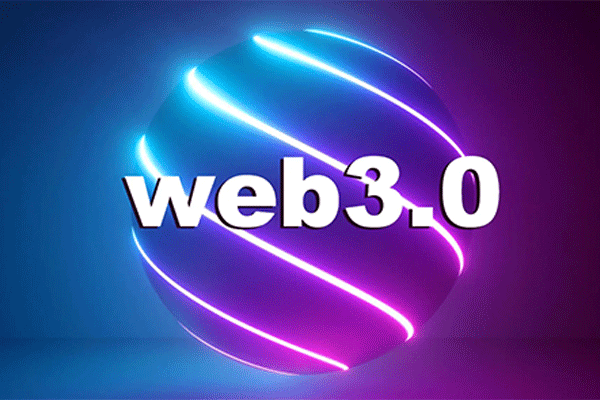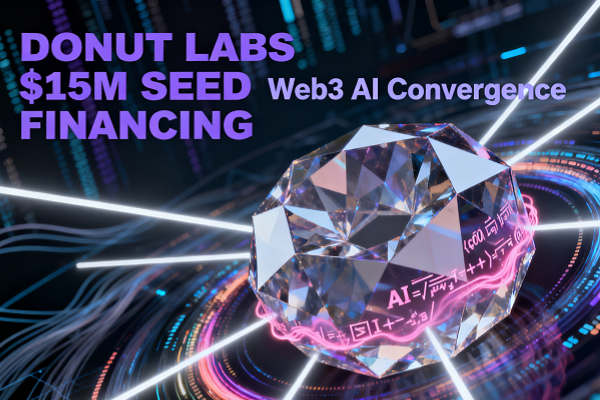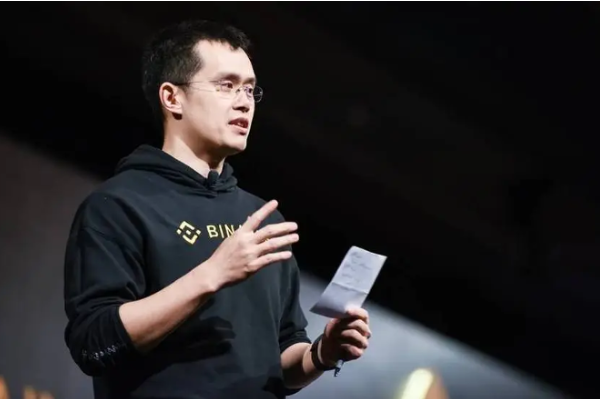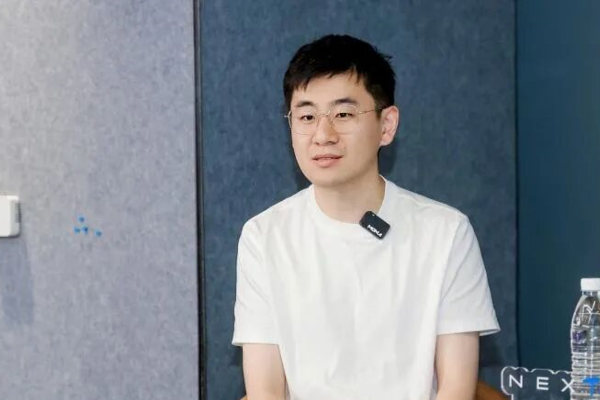Opportunity or hidden worry? CertiK Chief Security Officer analyzes the two sides of AI in Web3

Recently, blockchain media CCN published an article by Dr. Wang Tielei, Chief Security Officer of CertiK, which deeply analyzed the two sides of AI in the Web3.0 security system. The article pointed out that AI performs well in threat detection and smart contract auditing, and can significantly enhance the security of blockchain networks; however, if it is over-reliant or improperly integrated, it may not only contradict the decentralized principle of Web3.0, but also open up opportunities for hackers. Dr. Wang emphasized that AI is not a "panacea" to replace human judgment, but an important tool to coordinate human wisdom. AI needs to be combined with human supervision and applied in a transparent and auditable manner to balance the needs of security and decentralization.
Recently, blockchain media CCN published an article by Dr. Wang Tielei, Chief Security Officer of CertiK, which deeply analyzed the two sides of AI in the Web3.0 security system. The article points out that AI performs well in threat detection and smart contract auditing, which can significantly enhance the security of blockchain networks; however, if over-reliance or improper integration is not only contrary to the decentralized principles of Web3.0, but also may open up opportunities for hackers.
Dr. Wang emphasized that AI is not a "panacea" to replace human judgment, but an important tool to collaborate with human wisdom. AI needs to be combined with human supervision and applied in a transparent and auditable manner to balance the needs of security and decentralization. CertiK will continue to lead this direction and contribute to building a more secure, transparent, and decentralized Web3.0 world.
The following is the full text of the article:
Web3.0 needs AI - but if it is not integrated properly, it may undermine its core principles
Key points:
AI significantly improves the security of Web3.0 through real-time threat detection and automated smart contract auditing.
Risks include over-reliance on AI and the possibility that hackers can use the same technology to launch attacks.
Take a balanced strategy of combining AI with human supervision to ensure that security measures are in line with the decentralized principles of Web3.0.
Web3.0 technologies are reshaping the digital world, driving the development of decentralized finance, smart contracts, and blockchain-based identity systems, but these advances also bring complex security and operational challenges.
Security issues in the digital asset space have long been a concern. As cyberattacks become more sophisticated, this pain point has become more urgent.
AI undoubtedly has great potential in the field of cybersecurity. Machine learning algorithms and deep learning models excel in pattern recognition, anomaly detection, and predictive analysis, which are critical to protecting blockchain networks.
AI-based solutions have begun to improve security by detecting malicious activities faster and more accurately than human teams.
For example, AI can identify potential vulnerabilities by analyzing blockchain data and transaction patterns, and predict attacks by discovering early warning signs.
This proactive defense approach has significant advantages over traditional passive response measures, which usually only take action after a vulnerability has already occurred.
In addition, AI-driven auditing is becoming a cornerstone of Web3.0 security protocols. Decentralized applications (dApps) and smart contracts are the two pillars of Web3.0, but they are extremely vulnerable to errors and vulnerabilities.
AI tools are being used to automate the audit process, checking for vulnerabilities in code that may be overlooked by human auditors.
These systems can quickly scan large, complex smart contracts and dApp code bases, ensuring that projects are launched with greater security.
Risks of AI in Web3.0 Security
Despite the benefits, the use of AI in Web3.0 security also has its drawbacks. While AI’s anomaly detection capabilities are extremely valuable, there is also the risk of over-reliance on automated systems that may not always catch all the subtleties of cyberattacks.
After all, AI systems are only as good as the data they are trained on.
If malicious actors are able to manipulate or deceive AI models, they may be able to use these vulnerabilities to bypass security measures. For example, hackers can use AI to launch highly sophisticated phishing attacks or tamper with the behavior of smart contracts.
This can lead to a dangerous game of cat and mouse, where the balance of power between hackers and security teams using the same cutting-edge technology may change unpredictably.
The decentralized nature of Web3.0 also brings unique challenges to integrating AI into security frameworks. In decentralized networks, control is dispersed among multiple nodes and participants, making it difficult to ensure the uniformity required for AI systems to operate effectively.
Web3.0 is inherently fragmented, and the centralized nature of AI (often relying on cloud servers and large data sets) may conflict with the decentralized philosophy that Web3.0 advocates.
If AI tools fail to seamlessly integrate into decentralized networks, they may undermine the core principles of Web3.0.
Human supervision vs. machine learning
Another issue worth paying attention to is the ethical dimension of AI in Web3.0 security. The more we rely on AI to manage network security, the less human supervision there is for key decisions. Machine learning algorithms can detect vulnerabilities, but they may not have the necessary moral or situational awareness when making decisions that affect user assets or privacy.
In the anonymous and irreversible financial transaction scenarios of Web3.0, this may have far-reaching consequences. For example, if AI mistakenly marks a legitimate transaction as suspicious, it may lead to assets being unjustly frozen. As AI systems become more important in Web3.0 security, human supervision must be retained to correct errors or interpret ambiguous situations.
Integrating AI and decentralization
Where do we go from here? Integrating AI and decentralization requires a balance. AI can undoubtedly significantly improve the security of Web3.0, but its application must be combined with human expertise.
The focus should be on developing AI systems that both enhance security and respect the concept of decentralization. For example, blockchain-based AI solutions can be built with decentralized nodes to ensure that no single party can control or manipulate security protocols.
This will maintain the integrity of Web3.0 while leveraging AI's advantages in anomaly detection and threat prevention.
In addition, continuous transparency and public auditing of AI systems are crucial. By opening the development process to the wider Web3.0 community, developers can ensure that AI security measures are up to standard and not vulnerable to malicious tampering.
The integration of AI in the security field requires collaboration from multiple parties - developers, users, and security experts need to work together to build trust and ensure accountability.
AI is a tool, not a panacea
The role of AI in Web3.0 security is undoubtedly promising and full of potential. From real-time threat detection to automated auditing, AI can improve the Web3.0 ecosystem by providing powerful security solutions. However, it is not without risks.
Over-reliance on AI, as well as the potential for malicious use, requires us to remain cautious.
Ultimately, AI should not be seen as a panacea, but as a powerful tool that works in tandem with human intelligence to safeguard the future of Web 3.0.









